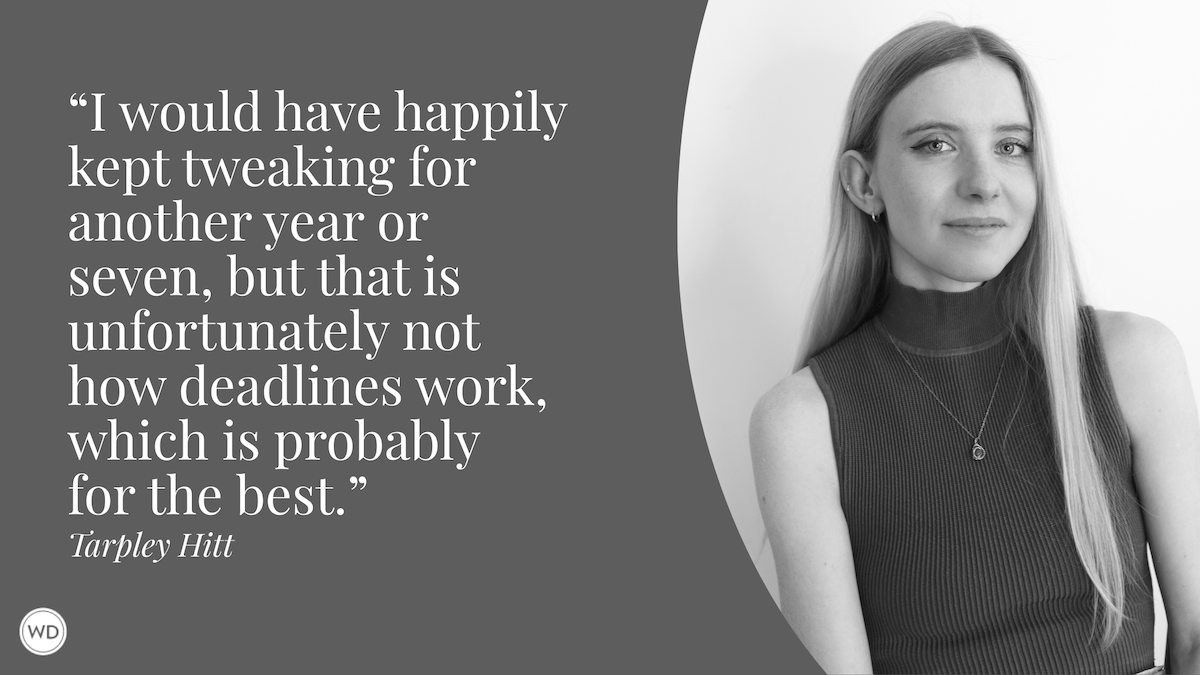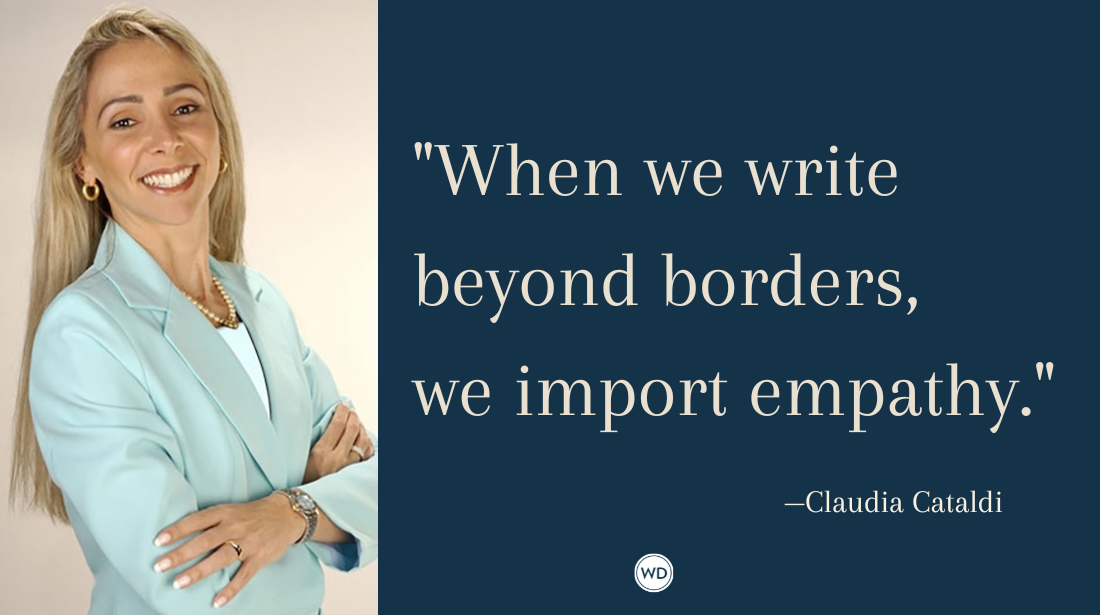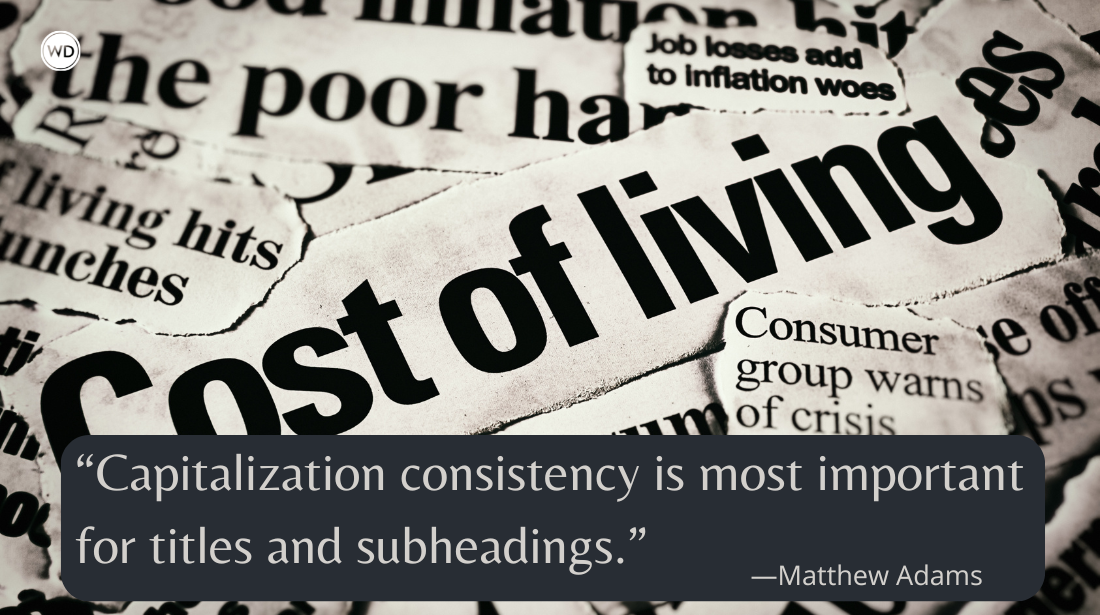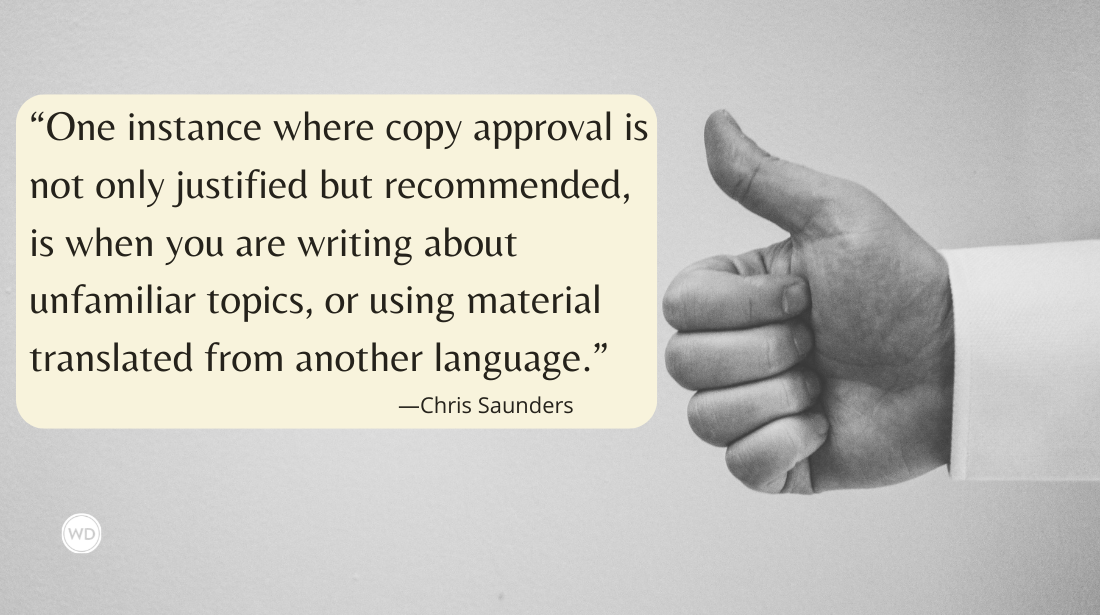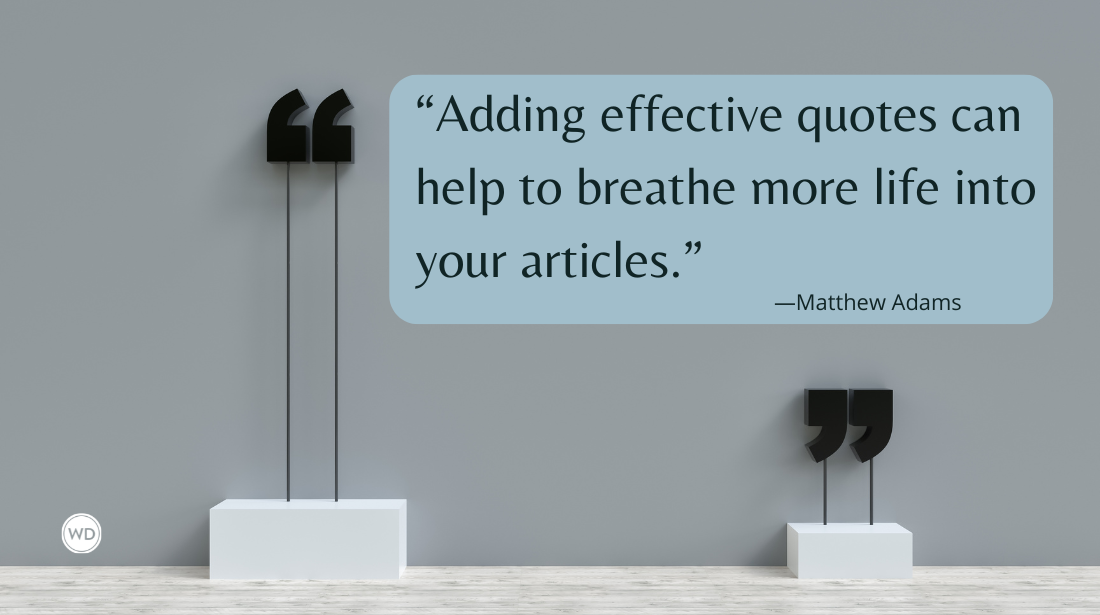How Nonfiction Writers Can Transform Deep Expertise Into Compelling Nonfiction Books
Author and educator Kathleen P. Allen shares how nonfiction writers can transform deep expertise into compelling nonfiction books.
Like every newly minted PhD, I had visions of turning my dissertation research findings into a book, fanaticizing that it just might be a bestseller. In attempting to study bullying in a high school setting, I had uncovered a new construct: social drama. It wasn’t the same as bullying and it was a close relative of peer conflict, but it was different. Focus groups and surveys had suggested such, but my study participants emphatically indicated that social drama was different… and it drove parents, students, and educators crazy. So off I ran, writing a book on what adolescent social drama was and how my new knowledge could help educators and parents deal with the chaos drama produced.
Forty thousand words in, I hit a wall. As many of you know that number of words is close to half a book, and a depressing place to be when you decide the point of the book just wasn’t working.
I took a hiatus and did a lot of thinking and realized that writing a book critical of teens was not what the book should be, so I cut 20,000 words and started over. In the end the book needed to be a social critique of adult social drama, and while I knew a great deal about adolescent social drama, I didn’t know much about adults who acted worse than youth when it came to doing drama.
Along with that challenge came the necessity of expressing my ideas, garnered from the academic world, in a way that was folksy, interesting, occasionally entertaining, and of course, came with solutions to the problem that I would be discussing. It was easy to do that with my own research on kids, but not so with what I was reading about adult bad behavior.
In my life before I was an academic, I had been a high school teacher, a child safety educator, and a professional developer of materials for teachers on harassment, bullying, and classroom management. I knew that teachers are very busy people, and what they did not want was a lot of blathering about theory, problem description, and statistics on the difficult behaviors that disrupted their teaching. What they wanted were strategies to solve the problems. And what they heard from experts on the topics was seldom helpful.
They wanted fast. They wanted the information to be to the point. They wanted strategies that they could implement the next day. So, during those years, I got good at translating intellectual gobbledygook into practical suggestions, on what they could try doing. I created scripts and did a lot of interactive modeling and role playing so they could see and practice what to do.
Jumping forward (or back) to the new book that was coming into view for me, I knew that I had to draw from those training days to make the connections from research findings to understandable ideas that would hold the average person’s attention. The new book still needed to be based in scholarship, but it needed to be clear, concise, and interesting.
So instead of writing about Albert Bandura’s social learning theory, I described his bobo doll experiment where kids who watched other kids beat up on a blow-up doll, repeated the same behavior. Instead of going deep on Nicki Crick’s research on relational aggression and theory of social information processing, I wrote about kids who thought everyone was out to get them, so they met friendly overtures from their peers with hostility and nastiness.
Then I had to pull from materials that were new to me so I could build a bridge from youth to adults. To do that, I used the information on youth narcissism from the old manuscript as a leap into the literature on how narcissistic we are as adults. I linked adolescent drama to young people’s search for an identity and related it to the identity crisis Americans are wallowing in right now and then framed it as a society-wide personality disorder.
I tapped into reality TV shows like The Housewives franchise on Bravo, which are more fake than real, but influence how people act in the real world. I linked school bullying to workplace bullying. I pulled in research on ingroup favoritism and outgroup hate. I wrote about technoference, nomophobia, and selfitis, problems with addiction to our devices. I dove into how screens and social media connect us to junk information, relational cruelty, and nonreality. I dug into how screens and social media suck us away from each other and cause isolation. And…
I had to dance with the way screens and social media are making us stupider, less empathic, and greedier, as well as poisoning our politics. I used stories from my life, examples of social drama from friends’ lives, and information published in the mainstream media on powerful people who were behaving horribly, making a shambles of our society… all while remaining faithful to the research that touts the genuine benefits of living through screens for some people, some of the time.
Books are the stories inside of us. Writing this book was like giving birth to a child. The process was challenging and sometimes painful, but the feeling of exuberance when the work was done was euphoric. May your writing be so for you.
Check out Kathleen P. Allen's Stuck in Our Screens here:
(WD uses affiliate links)




